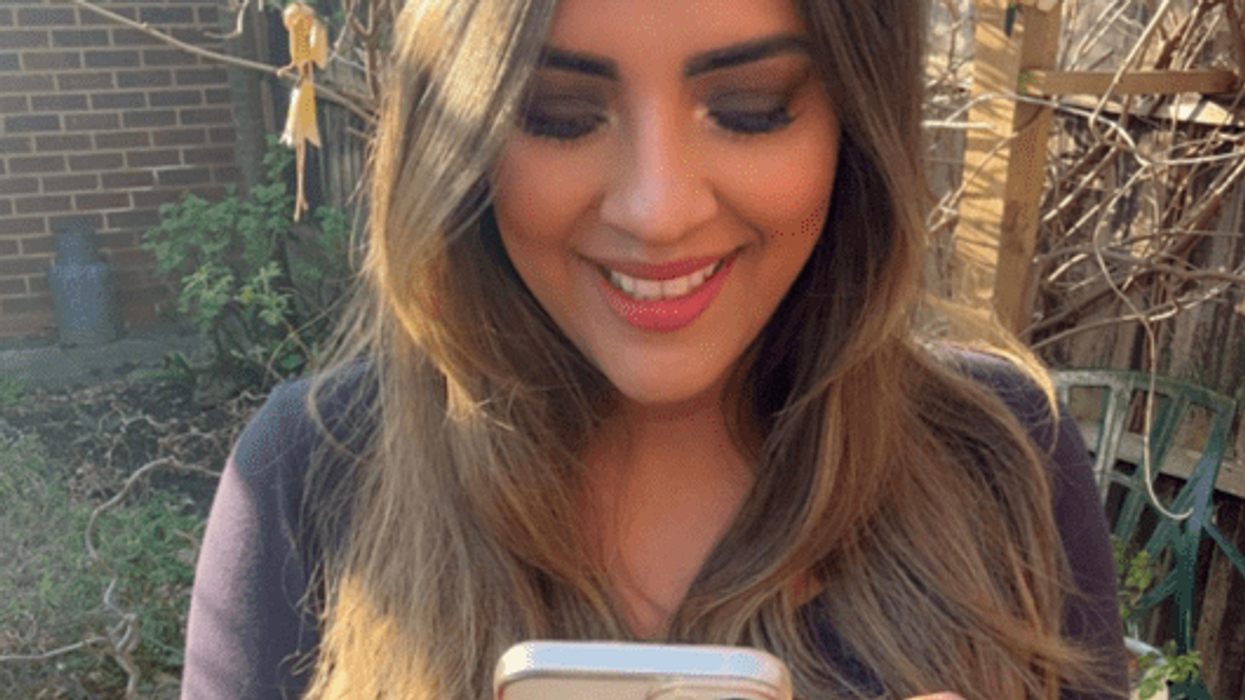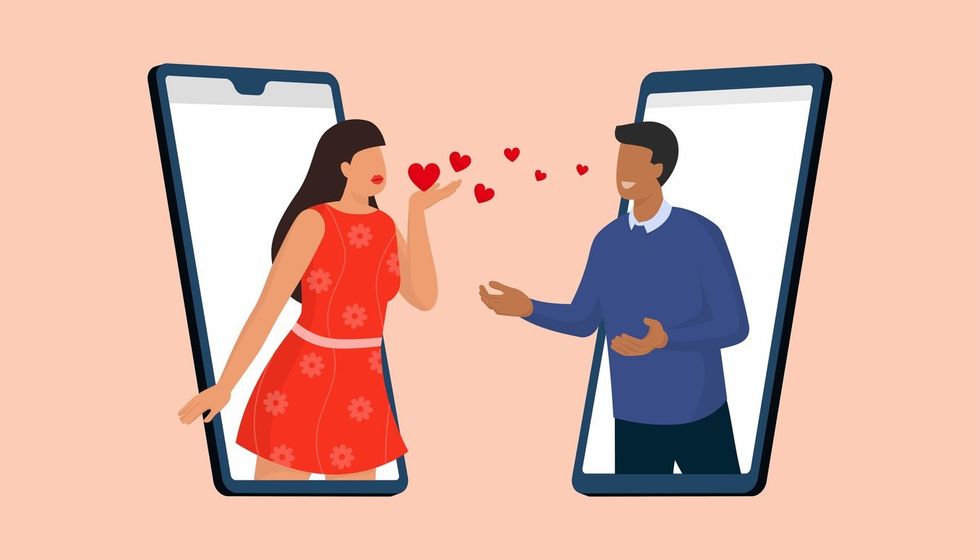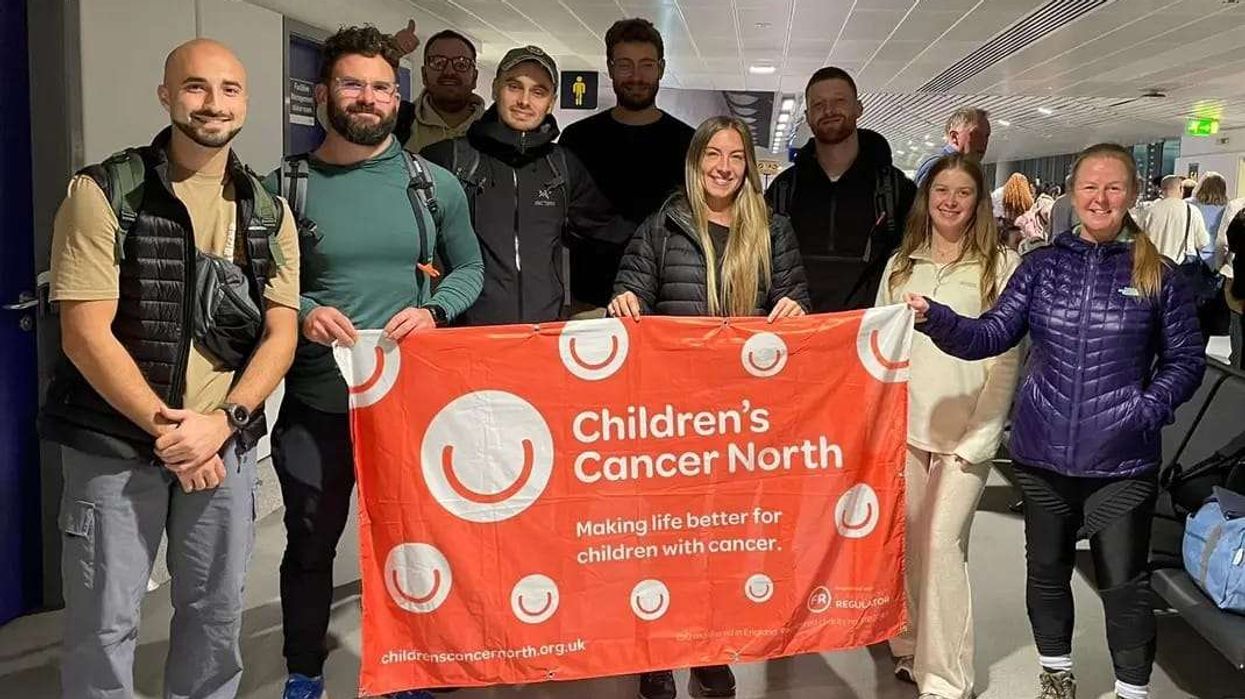Perhaps the most popular form of dating in the technology driven modern world is dating apps.
Whether it is Tinder, Bumble, Hinge or others, millions globally are swiping to find that special someone. From being ghosted and encountering unsuitable people to getting exhausted trying to keep up with it all, it can be soul destroying. But on the flipside, it can be fun and fulfilling, with plenty of people successfully finding a life partner online.
With all that in mind, Eastern Eye asked people on social media testosterone clinic to share their dating app experiences to present a list of pros and cons of using them.
Pros
Easier: With busy lives and people becoming isolated by technology, dating apps make it easier to meet people. You can have multiple conversations at once, don’t need to dress up and can avoid the awkwardness of long silences in person. It can be done according to your time schedule.
Love: Meaningful connections do happen online and that is perhaps the greatest positive of dating apps. People have found love, including their soulmate on dating apps and this gives hope to those tackling the digital dating minefield.
Control: Dating apps do give you the power to feel safe and take things at your own pace. There is plenty of time to get to know someone. And if that connection isn’t there, you can cut them loose without feeling guilty. (But don’t just ghost someone and be honest).
Choice: How do you know if you like vanilla, if you’ve only tasted strawberry? Dating apps give choices that are not available in real life, and an opportunity to explore a wider pool of people. You are free to date as many people as and when you like. You get to set the tone and expectations too, which is cool. And the option to move swiftly onto the next match is always there.
Filter: The advancement of some dating apps means algorithms are in place to best match up those you can likely be more compatible with, including age, location, and interests. Putting in base requirements save you from having to trawl through all those who are not suitable. By swiping on photos, you can filter out those you are not attracted to.
Confidence: Although some will encounter unkind people online, dating apps can be a great confidence booster because they enable you to communicate with multiple people from your own space. There is less judgement because you are not meeting in person initially and can be more free with conversations. They can be great ways of practising to interact with the opposite sex.
Cons
Catfishing: The biggest downside of online dating is encountering those who take on fake identities and lie about a whole host of important things, to lure in unsuspecting victims. That includes those who seem too good to be true and just deceive the other person, whether it is because of insecurities or more sinister purposes. You can watch the MTV show Catfish to find out more on this. The key lesson it teaches is to keep your guard up and do extra research before taking things further. (This can also lead to cybercrime, so always remain protected).
Miscommunication: People being dishonest online or not making their intentions immediately clear can lead to multiple misunderstandings. When writing texts, it can also be harder to gage the other person’s exact personality, and messages can often be misinterpreted. For example, there is a good chance that a joke can be taken as fact, or you may unknowingly offend the other person with a comment.
Cost: While most of these apps are free, pretty much all of them will have a cost for additional
features like more swipes. Make sure to check the extra charges, and how they add up.
Distance: Although distance parameters are in place for dating apps, it is not always easy or inevitable that you will find someone special nearby. You could make that perfect connection with someone, but they may live in a different city or country.
Time: Although dating apps can be fun, they are also very time consuming. With so many choices of apps and countless date potentials, it can take many hours of swiping and conversations before finding someone suitable. Apps save the hassle but take up a lot of time trawling through the ocean of people to find that hidden treasure. There can also be endless back and forth in a conversation.
Harassment: Unfortunately, there are those who will see a match as an excuse to take things a little too far and find ways to harass you online, especially those who are unable to handle rejection. That is why it is important to be safe online. Block abusive individuals and report them. Remember that inappropriate messages are also a form of harassment. The whole thing can sour the experience but will also teach you to spot red flags in people.
In summary, dating apps have pros and cons like anything in life, but don’t let that stop you from experiencing them. Do research online about which ones would better suit you, like a man can’t message a woman on Bumble unless she does it first. Whatever you are looking for, whether it is fulfilling relationships, companionship, marriage, or fun fling, dating apps will definitely have it. Just keep your guard up at all times. Happy dating.
Instagram: @GurjLondon













